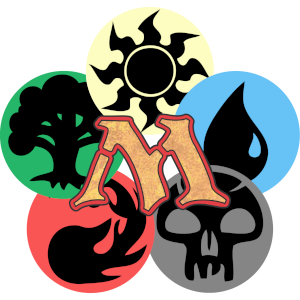Magic: The Gathering has a rich tapestry of formats that cater to a wide range of player preferences. Among these, MTG Commander, also known as Elder Dragon Highlander (EDH), has emerged as a captivating and beloved way to experience the game. In this blog post, we’ll dive into the history of MTG Commander, examine player perspectives on this unique format, and explore its remarkable rise in popularity.
A Brief History of MTG Commander
Origins in Alaska
MTG Commander traces its origins to a group of Magic players in Anchorage, Alaska, in the early 2000s. They devised a variant of Magic where each player had a legendary creature as their commander, and decks were designed around this central character. The format gained popularity in their local gaming community.
Official Recognition
Wizards of the Coast took notice of the format’s growing popularity and officially recognized it as a supported format in 2010 with the release of the “Magic: The Gathering Commander” product. This marked the beginning of the Commander’s journey into the mainstream.
Distinctive Rules
MTG Commander introduces unique rules, such as the 100-card singleton deck (each card except basic lands must be different), a starting life total of 40, and the commander itself, which starts in a separate “command zone” and can be cast from there throughout the game.
The Appeal of MTG Commander
1. Social and Multiplayer Aspects
One of the key draws of Commander is its social nature. Games typically involve four or more players, encouraging camaraderie, diplomacy, and unexpected alliances. The multiplayer aspect creates dynamic and unpredictable gameplay.
2. Creative Deck Building
Commander decks are known for their diversity and creativity. With a pool of thousands of Magic cards to choose from, players can craft thematic, unique, and often unconventional decks. The commander’s choice sets the tone for the entire deck.
3. Varied Playstyles
Commander accommodates a wide range of playstyles. Whether you prefer aggro, control, combo, or something entirely different, there’s room for your preferred strategy. The format’s extensive card pool means that almost any theme or strategy is viable.
4. Ever-Evolving Meta
The Commander format continually evolves with each new card set release. Players eagerly anticipate new commanders and cards that can shake up the meta, providing fresh challenges and exciting deck-building opportunities.
Rise in Popularity
MTG Commander has grown from a niche format to a global phenomenon. Its popularity can be attributed to various factors, including:
- Inclusivity: The format is accessible to players of all skill levels, making it an excellent entry point for new Magic players.
- Community: Commander has a passionate and dedicated player base that fosters inclusivity, creativity, and fun. The format’s social nature encourages players to share their decks and ideas.
- Official Support: Wizards of the Coast has continued to support Commanders with annual Commander products and frequent releases of new commanders in standard sets.
- Streaming and Content Creation: The rise of Magic content creators and streaming platforms has exposed Commander to a broader audience, further fueling its popularity.
Conclusion: A Format for All
MTG Commander has captured the hearts of Magic: The Gathering players worldwide, offering a unique blend of creativity, camaraderie, and strategic depth. Its rich history, diverse player perspectives, and ever-increasing popularity highlight its enduring appeal. Whether you’re a seasoned Planeswalker or a newcomer to the game, MTG Commander welcomes you to a vibrant and dynamic world of multiplayer magic.

Leave a Reply